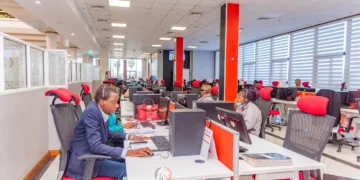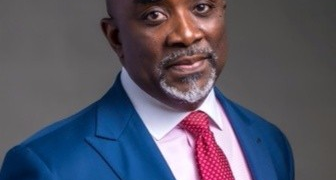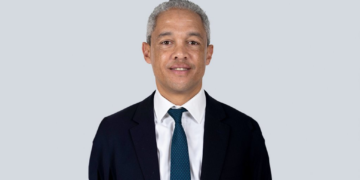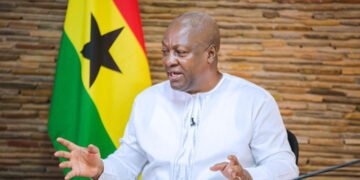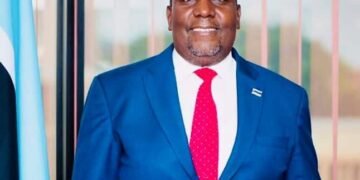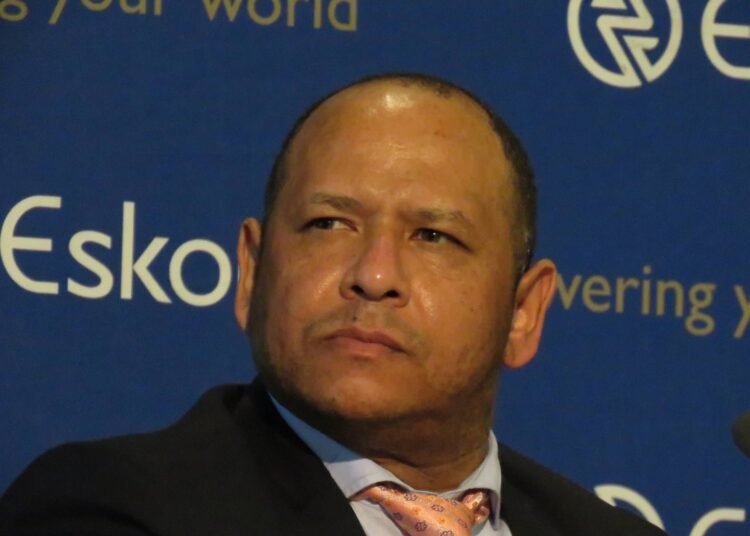Eskom Acting CEO, Calib Cassim has announced that if a series of interventions to reduce power demands and improve reliability is unsuccessful this winter, load shedding could intensify to Stage 8.
“It is going to be a difficult winter,” he told the media on Thursday.
Citing the contributing factors, Cassim said the State-owned entity is approaching the cold season with 3 000 megawatts (MW) less capacity compared to last year, due to units 1, 2 and 3 of Kusile Power Station and 1 unit of Koeberg Nuclear Power Station being currently offline.
“However, the focus during this winter, first and foremost, must be the performance of the generation fleet around the Energy Availability Factor (EAF).”
Presenting the winter plan, the Acting CEO said with the support of the system operator and energy planning, Eskom is focused on the key objective of keeping unplanned demand at, at least 15 000MW.
“However, we know it’s been a struggle to keep it at this level and in maintaining that level of 15 000MW can correspond to much lower levels of load shedding during morning peaks, during the day and evening peaks.
“We will indicate that if the interventions that we have planned for the winter do not achieve the desired outcomes and our UCLF [unplanned capability loss factor] reaches levels of 18 000MW, then the likelihood of Stage 8 load shedding during peaks is extremely high.”
While the power system is constrained, Cassim stressed that South Africa would not be plunged into a complete grid collapse.
“I must reiterate that in terms of a national blackout, we are confident that it will not occur because of the interventions and the control mechanisms that we have in place through a competent system-operated team.”
Cassim stressed that load shedding is necessary to keep control of the transmission grid.
“That is why the choice of the levels of load shedding is then executed to remain in control of the grid.”
Eskom said it is focusing on improving the performance of power stations and the EAF, which has deteriorated from 60% in March to 52% currently.
In the medium term, Cassim said the entity will work around the clock to ensure it recovers, restores and brings online three units at Kusile by November 2023.
Cassim also announced during this winter period, Eskom will utilise much more high open cycle gas turbines (OCGTs) within the allocated budget and the debt relief.
He said Eskom’s Generation Group has a budget of R20 billion for OCGTs, which are power stations that use diesel as their primary resource.
Demand-side management (DSM), Cassim said, is another crucial lever.DSM programmes allow for the effective management of customers’ energy consumption to reduce peak demand or overall consumption during specific periods.
“We must also have an appreciation that over and above what Eskom needs to do and control, having more capacity and megawatts onto the grid is essential to give us stability in terms of the electricity sector and reliability,” said Cassim.
He welcomed Minerals and Energy Minister Gwede Mantashe’s various Bid Windows in his Budget Speech vote, which entail renewables of 5 000MW, 1 230MW of battery storage and 3 000MW of gas.
In addition, Cassim said Eskom has now allocated and released capital expenditure across generation transmission and distribution groups for the next three years.
Meanwhile, Eskom Board Chairperson, Mpho Makwana, said the power system will be more constrained, with weather forecasters anticipating a much colder winter season.
“These challenges will result in high electricity demand as heating of our homes and spaces is required,” he explained.
Makwana said load shedding during winter months requires a coordinated effort among all stakeholders in the country.
“We fully comprehend the adverse impact rotational load shedding has on South Africans and the already fragile economy. We’re doing everything to mitigate the intensity of rotational load shedding, including taking lessons from the rest of the world.”
Makwana said the Board of Directors is working tirelessly with all key partners and shareholders to turn the tide on this “negative reality”.




